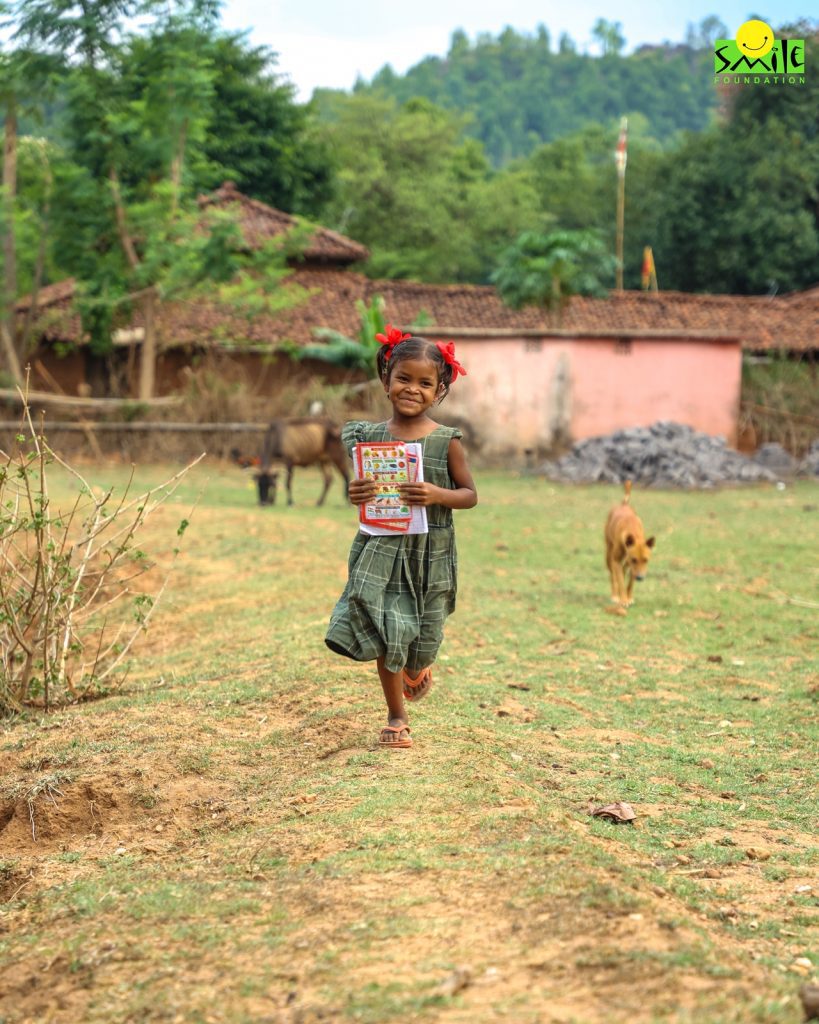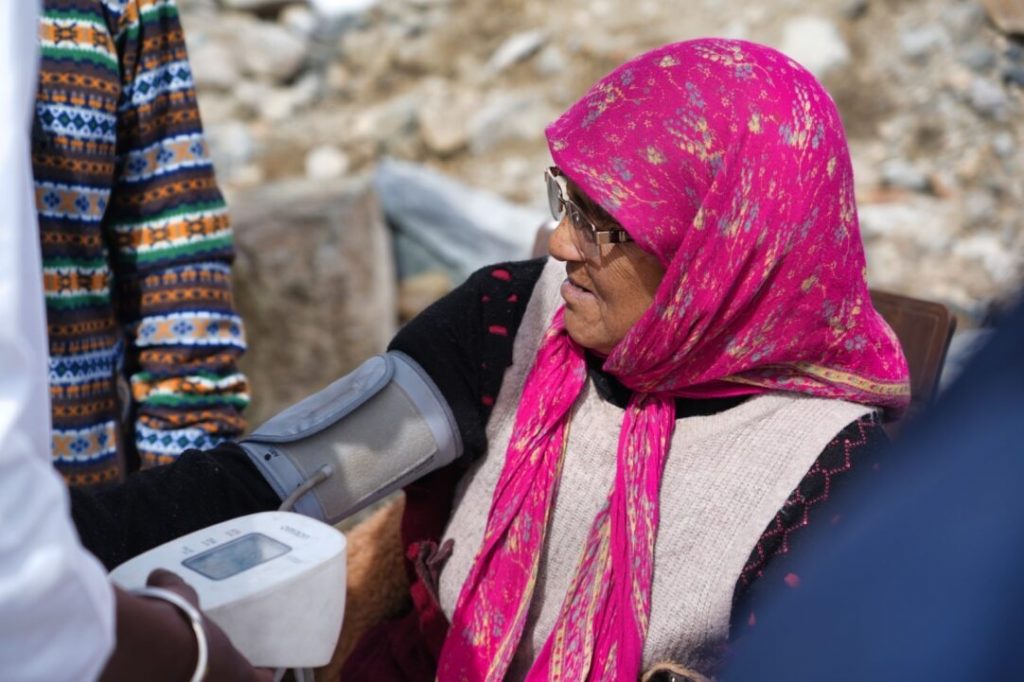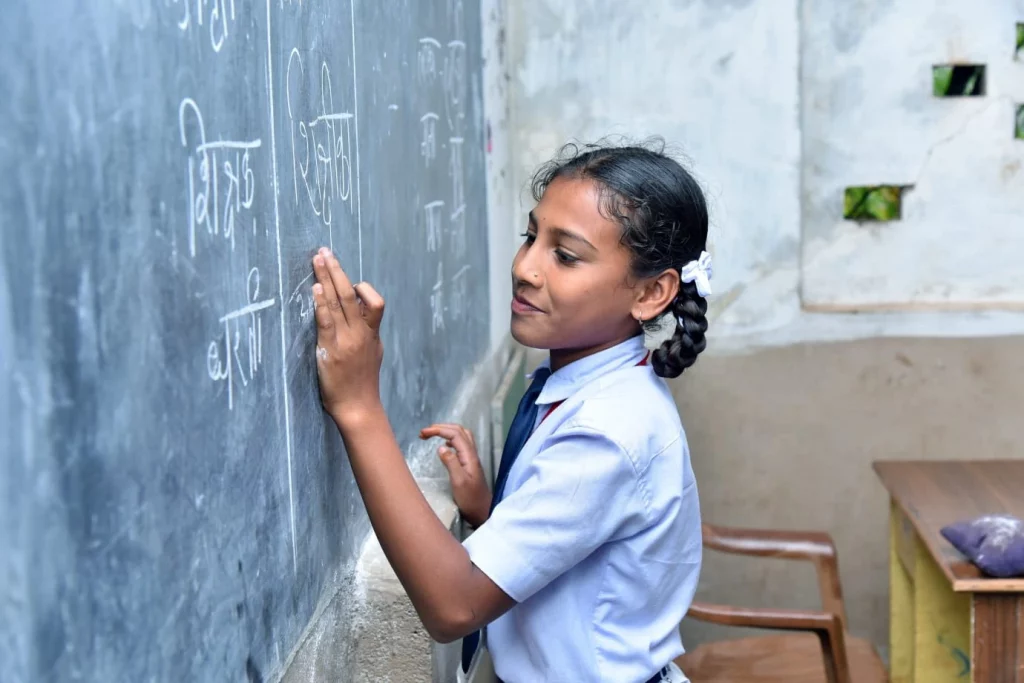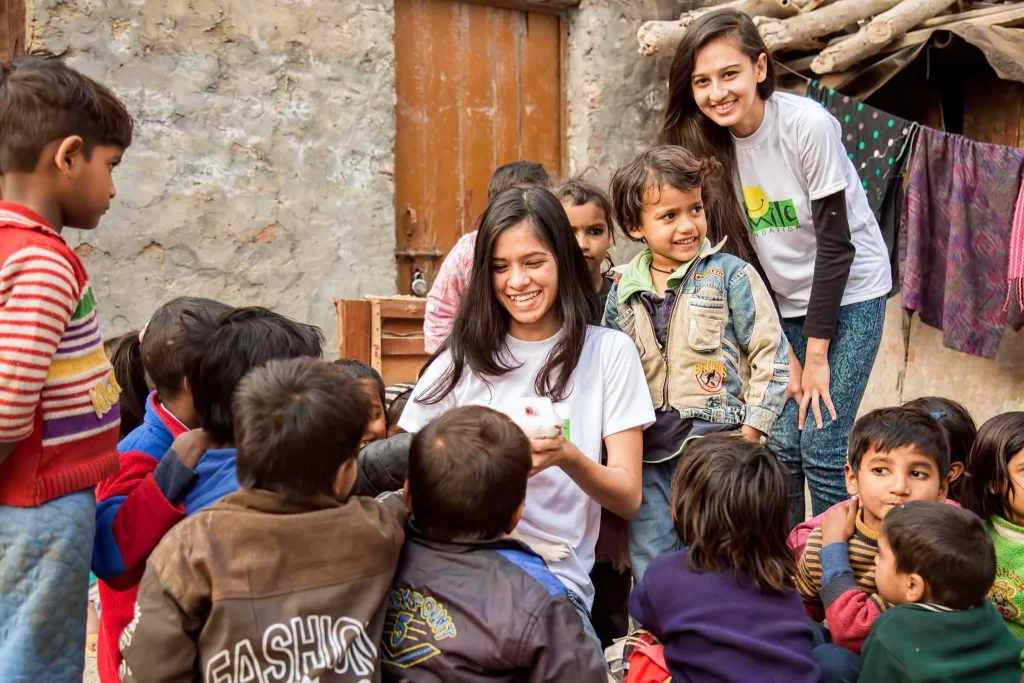Promoting women’s economic participation is crucial for development in countries. For it not only helps in economic growth but also empowers women. But, in reality, how many women are willing to take risks and set up their own ventures? If you think the number will be feeble, you are certainly wrong. A large number of women, especially in South Asian countries, are coming forward to set up their own businesses. Many have been running it successfully, though the number still remains low in the men-dominated world. Let’s read further to understand whether South Asian women entrepreneurs are well-equipped for local markets or not?
What is entrepreneurship?
Entrepreneurship is nothing but the process of setting up a business. It involves the process of starting, organizing, marketing, and managing a startup venture to achieve goals like innovation, problem solving, and profit generation. The person who takes up entrepreneurship is referred to as an entrepreneur. They will identify the right opportunities in the market by studying it, create new ideas, bring those ideas to the market, and sell them for profit.
Entrepreneurship has gained its momentum and taken its throne as a vital component of the health of economies across the world.
Rise in women entrepreneurs across the globe
The Global Entrepreneurship Monitor (GEM) 2023-24 women’s entrepreneurship report: reshaping economics and communities has noted a significant rise in women-led startups and established businesses in the last 25 years. It has risen from an average of 6.1% in 2001-05 to 10.4% in 2021-23 across its participating countries, including India. As per the report, one in 10 women started new businesses in 2023. The number is higher than the men entrepreneurs. Also, women’s startup rates have doubled over the last two decades in several countries, including Hungary and the Netherlands.
The report also points out that women’s established businesses have also gone up from 4.2 to 5.9%. Countries like Saudi Arabia, Lithuania, Puerto Rico, Thailand, and Korea have seen a significant rise in women-led established businesses. One in three high-growth entrepreneurs and about two in five export-oriented startups are headed by women. High rates of women bringing innovations to the market are noticed in countries like Iran, Colombia, China, and the Netherlands, the report said.
The GEM report explains how women are one-fifth less likely to exit a business than men. It also found an interesting fact that high-potential women entrepreneurs are younger than other women starting businesses in high-income countries.
South Asian women entrepreneurs and local markets
Following the global trend, there has been a significant rise in women entrepreneurs in local markets in South Asian countries. Many of them have been demonstrating resilience, the ability to grow, and creativity to scale up their businesses despite facing numerous challenges. One of the main reasons for such an increase is e-commerce. It indeed has enabled many South Asian women to access wider markets with minimum investment. Women have been using Flipkart (India), Daraz (Pakistan), and Chaldal (Bangladesh) to sell their products directly to customers. Not just that women have also been using the digital tool both to preserve their traditional crafts and modernize their business techniques. Women-led food, beauty like skincare and cosmetics, fashion, and wellness like fitness and holistic health services businesses have seen growing success in local markets. With increasing consumer demand for health-conscious and homegrown products, women are tapping into food production and delivery sectors. Some of the successful women entrepreneurs are listed below.
- Mira Kulkarni: founder of Forest Essentials, a renowned cosmetic company that specializes in Ayurvedic preparations for its products.
- Vinita Jain: founder and chairperson of Biotique, a beauty and wellness company. It has been producing Ayurvedic skin, hair, and body care products.
- Nida Azwer: a renowned fashion designer from Pakistan, successfully scaled her business by tapping into both local and international markets through e-commerce platforms and social media.
- Rina Dhaka: a renowned fashion designer from India. She has made a significant mark in the local market by promoting sustainable fashion and handcrafted textiles.
- Ayesha Nasir: a fashion entrepreneur based in Lahore, Pakistan. Her brand, Ayesha Nasir Couture, specializes in high-end traditional and contemporary clothing, offering a fusion of modern designs with Pakistani cultural heritage.
- Zahra Lari: an entrepreneur and athlete who launched her brand of sports apparel tailored to women in Pakistan, catering to an underserved market.
Support services for women entrepreneurs
One of the United Nations Sustainable Development Goals, 2015, is gender equality and empowerment. All the member countries have agreed to achieve the goal by 2030 in all sectors, including entrepreneurship. But the World Economic Forum’s report on the Global Gender Gap Index, 2024, points out that India ranks 142 among 146 countries. Bangladesh (146), Nepal (137), Sri Lanka (127), Bhutan (103), and Pakistan (143) and Afghanistan (156). Not just that, data shows that the percentage of South Asian women in local and global trade is estimated to be less than 5%.
This shows that we have a long mile to go before closing the gender gap in multiple sectors, including entrepreneurship in South Asian countries. To support and assist women entrepreneurs, governments and multiple organizations have come forward. Some of them are listed below.
- Centre for Entrepreneurship Development (CED): It provides training and support services—assistance in technology transfer, preparing detailed planning reports, selection of machinery, regulatory environment, government’s promotional schemes, marketing support, trade, marketing skills, company secretarial services, and product exhibitions, among others. Over 300 policy and business experts are roped in for consultations.
- Google’s ‘Women Will’ initiative (regional): It is a ‘Grow with Google’ programme implemented in 49 countries. It has been supporting women by offering them training to enhance their digital skills like e-marketing, e-commerce, and other digital tools and helps with community building. Thereby ensuring that they take their businesses online and enabling greater economic participation for women.
- Government support: Governments in South Asia have been increasingly recognizing the importance of women entrepreneurs and introducing policies to support them. For instance, the Indian government has launched several schemes like Stand Up India that offer financial support to women entrepreneurs. Similarly, the Pakistan government has launched the Women Entrepreneurs Development Program to assist the women-led businesses.
Challenges faced by South Asian women entrepreneurs:
Despite the successes and assistance, South Asian women entrepreneurs are still facing significant challenges that hinder their ability to perform at their full potential. Some of the key barriers are listed below.
- Limited Access to Capital: One of the biggest challenges for women entrepreneurs in South Asia is access to finance. Financial institutions often hesitate to lend to women due to gender biases, lack of collateral, or perceived risks. This is particularly true in rural areas, where women have limited ownership of land and property, which banks often require as collateral. As a result, many women entrepreneurs are forced to depend on small loans from family, friends, or informal lenders, limiting their ability to scale their businesses.
- Gender Bias and Social Norms: Societal expectations in many South Asian countries often dictate that women focus on family and household responsibilities. This means that women entrepreneurs must navigate cultural and societal barriers, including family resistance, which can limit their time and resources to focus on growing their businesses. In certain areas, women entrepreneurs are still reluctant to operate businesses that involve public interactions, travel, or mixing with men, thus limiting the types of businesses they can engage in.
- Limited Access to Mentorship and Networks: Many women entrepreneurs lack access to business networks and mentorship opportunities, which are crucial for scaling and innovating their businesses. Male-dominated business environments and limited opportunities to network with peers and investors mean that many women miss out on vital support systems. This in turn limits their ability to expand, diversify, and connect with investors, customers, and other entrepreneurs.
- Technological Barriers: While there has been significant progress in digital literacy in South Asia, many women, particularly in rural areas, still lack the skills or access to technology that would help them expand their businesses digitally. Women in rural areas are finding it hard to take full advantage of e-commerce platforms, digital marketing, or mobile commerce, which could limit their market reach.
South Asian women entrepreneurs are gradually becoming more equipped to navigate local markets. While there are challenges, such as access to capital, societal norms, and gender biases, women in this region are increasingly harnessing education, digital tools, social networks, and government support to grow and thrive in business. With ongoing empowerment initiatives and changes in social and cultural attitudes, South Asian women entrepreneurs are well-positioned to continue expanding their impact in local markets.
Smile and equipping women with the right skills and knowledge
Smile Foundation’s Swabhiman program extends its commitment to women’s empowerment through focused initiatives in financial literacy and women’s entrepreneurship. Recognizing that economic independence is a key driver of empowerment, the program provides women with the tools and knowledge needed to participate actively in financial and entrepreneurial activities.
Swabhiman conducts targeted workshops to educate women about the basics of managing finances, budgeting, and saving. Participants are introduced to topics such as the importance of bank accounts, digital banking, and government schemes designed to support women’s financial independence. The program also demystifies complex financial instruments and creates awareness about how savings and credit systems can contribute to long-term economic security. These initiatives are particularly impactful in helping women, especially in underserved rural areas, build confidence in handling their finances and becoming self-reliant.
Swabhiman actively supports women in setting up their own small-scale businesses by providing mentorship, skills training, and market access. Additionally, Swabhiman fosters peer-learning networks and connects women entrepreneurs with microfinance institutions and local market opportunities, ensuring that their businesses have the resources to grow.
By building economic resilience, these initiatives empower women to break free from cycles of dependency and poverty. Through Swabhiman, Smile Foundation not only helps women achieve financial stability but also positions them as change-makers within their communities, enabling them to inspire others and contribute to inclusive development.










